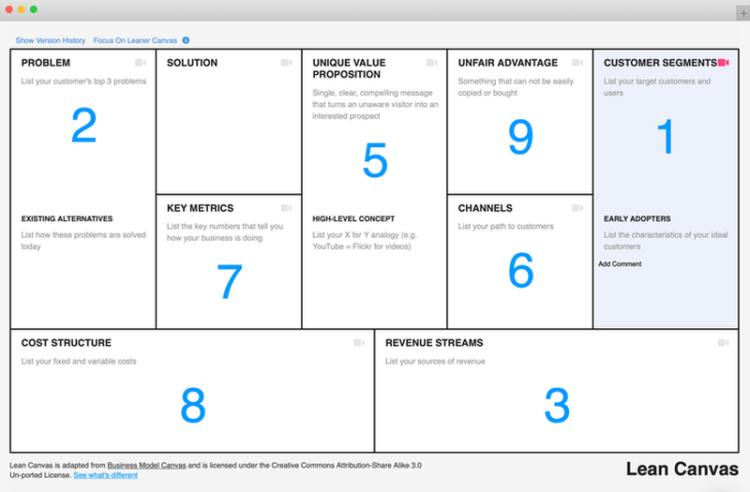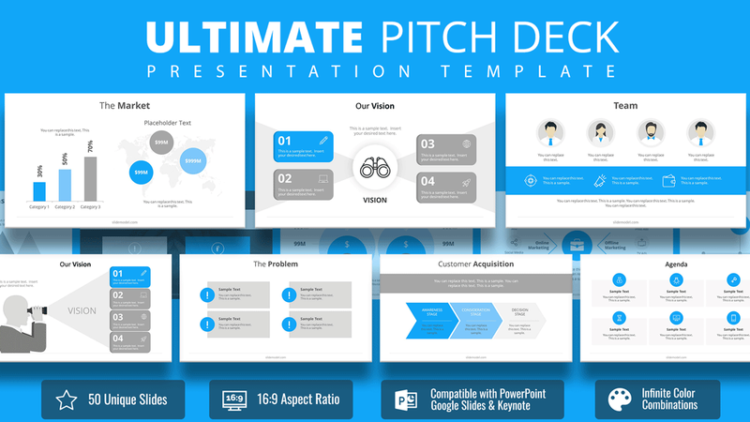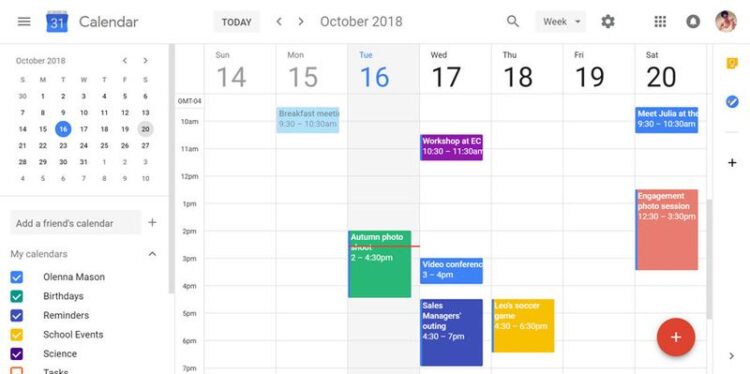There are so many reasons why the business plan is still so popular. However, there are also several reasons why some are moving away from it. You see, there are some downsides that come with a plan. For example, it is time-consuming and can be very difficult to put together.
The lifespan of it is generally very short which is why a plan needs to be regularly reviewed and updated. They are usually documents that tend to be lengthy, as can be seen on this website.
This might not sit well with potential investors or financiers for whom business plans are normally drafted. They might not have the time to go through it. All this brings us to a question, are there better alternatives? The answer is yes and it is those alternatives that we shall be discussed herein.
Page Contents
Business Model Canvas Or Lean Canvas

This is a tool that can either be used for a new business or an existing one. A business model canvas comprehensively breaks down a business on just one page. Do not forget that a plan is mainly drafted for the purpose of sourcing funding. Insourcing funding, prospective investors or financiers are keen on seeing how a company will make money, amongst other things.
That is why a model is of great concern to them. Remember, it is simply how a business makes or will make money. You can already see where we are going with this i.e. why a business model canvas can stand in the place of a plan. It (also known as a lean canvas) is a one-page table-like illustration of 9 key components of how it operates or will operate.
The 9 components are Key Partners, Key Activities, Key Resources, Value Propositions, Customer Relationships, Customer Segments, Distribution Channels, Cost Structure, and Revenue Streams. Details pertaining to these components are written down (normally in bullet form) in the respective sections of what looks like a table.
There are several reasons why the business model canvas is an excellent alternative. It is also known as the lean canvas – lean there shows you that it is small (fits on one page). This makes it easy for a reader to quickly get a hang of how a business operates or will operate.
It is easy to put together and also easy to edit as and when needs are. It only focuses on the pertinent details thus leaving out mundane details that might not hold any material value relevant to the reader’s considerations. Overall, this makes for a great tool that can be used in place of a plan especially because it does not take much time to present or for the reader to understand.
Briefs

source:dw.com
A business brief is basically a short document that lays out how a company is constituted and will be rolled out. Just like a plan the intended uses of a brief vary. It can be used for monitoring and evaluation purposes where certain parties have to be briefed on progress or an intended course of action. It can also be effectively used a tool to source funding for an idea. Typically it should be short i.e. anything from one page to around three pages. It is a brief remember so do not make it long otherwise it seizes to be a brief.
Key components that a business brief should include are an overview of the business’ background, goals and objectives, unique value proposition (essentially what and how the business seeks to address a particular challenge), products, target market, competitors, and marketing strategies amongst others.
Pitch Deck

source:slidemodel.com
This is a brief presentation put together for purposes of pitching to potential investors or financiers. Usually, it is drafted using Microsoft PowerPoint. The optimum number of slides in a pitch deck should be 10 – do not exceed 20. What must be covered in a pitch deck? – The problem, solution, a business model, competition, management team, marketing and financials. These are the most important aspects you must cover.
Google Calendar

source:edu.gcfglobal.org
Here we are going to focus on the use of a plan as a guiding or reference tool. Bear in mind that typically a plan entails elements such as timelines, goals and a wide array of measurable and time-bound deliverables. A plan would be a mere document that is somewhat static in that the user would have to come up with other frameworks to ensure what is on paper is materialized. Using a Google Calendar instead would be more efficient because of the dynamic features contained within a Google Calendar.
With Google Calendar you can layout time-bound plans ahead of time. You can time stamp, for instance, a year in advance down to the last detail. You can even schedule meeting dates and times along with the agendas. Reminders can be set with details of say, goals or milestones that have to be achieved by certain times.
What is even more convenient is that a Google Calendar, with all those details, is shareable. Thus it can be shared with respective staff members and or stakeholders. Most people operate in a computer-based environment that uses Google platforms. This further optimizes everything because the Google Calendar integrates with so many platforms, software and mobile applications.
All in all, you can effectively use Google Calendar as an alternative to a plan. This is especially so for when you would have normally used a business plan for guidance and reference.
These are 4 of some of the most potent alternatives one can use instead of a regular plan. It is vital that you understand them because more and more people are moving away from the traditional business plan.





